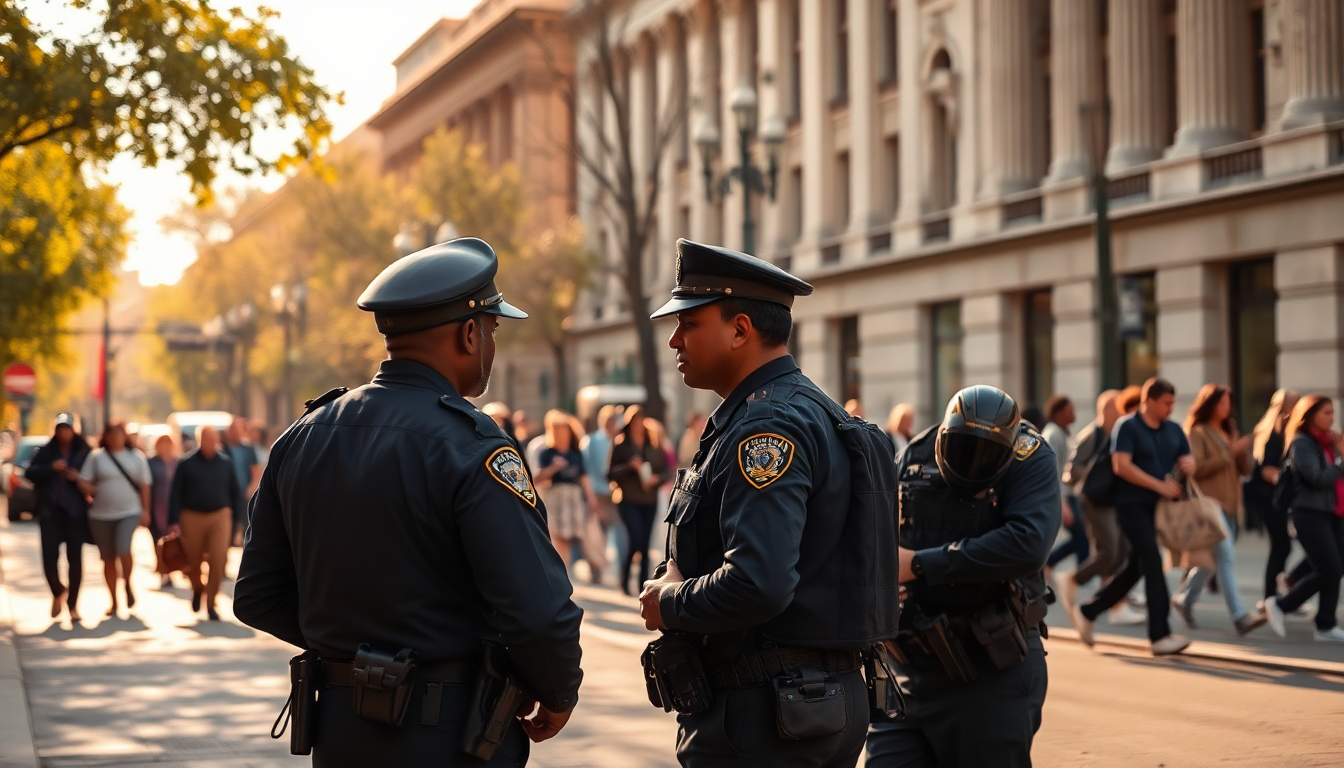Table of Contents
The recent spotlight on law enforcement initiatives in Washington, D.C., during the Trump administration has stirred quite the conversation. With a surge in arrests and a surprising lack of homicides in the capital, U.S. Attorney Jeanine Pirro’s announcements have brought attention to the implications of these crime-fighting efforts. So, let’s take a closer look at the numbers, strategies, and what these actions could mean for public safety and community relations moving forward.
Understanding the Landscape of Crime and Enforcement in D.C.
Washington, D.C.’s crime landscape has seen some significant changes lately. Over 1,000 arrests have been made due to increased federal oversight, which signals a shift in how the city tackles crime. U.S. Attorney Jeanine Pirro has highlighted the importance of these arrests, emphasizing that the strategies employed aim to dismantle criminal operations and enhance safety for residents. Just think about it: 86 arrests and 10 illegal firearms seized in a single day—this kind of data adds to a growing sense of security among the community.
Can policing really make a difference in reducing crime? According to the data shared by law enforcement officials, it seems to be working. As Pirro noted, the city recently celebrated 12 consecutive days without a homicide, a stark contrast to the 101 homicides reported earlier this year. This achievement, as Pirro describes it, is a testament to the teamwork between local and federal agencies that have come together to fight crime in previously troubled areas.
Analysis of the Strategies Implemented
The initiatives launched under President Trump’s administration have mobilized not just local police, but also various federal agencies, including the FBI, DEA, and U.S. Marshals. This comprehensive approach marks a pivotal change in law enforcement strategy, especially with the federal oversight of the Metropolitan Police Department under emergency powers. It’s a notable shift aimed at improving coordination and effectiveness in combating crime.
Additionally, the introduction of armed National Guard units patrolling the streets represents a significant change in the city’s security landscape. Their presence is meant to serve as both a deterrent and a reassurance to the community that their safety is a top priority. Collaborating with federal entities has been framed as a crucial response to the challenges faced by local law enforcement, particularly in high-crime neighborhoods. But does this kind of heavy-handed approach really resonate with residents?
Some critics, like Chicago Mayor Brandon Johnson, have expressed doubts about the appropriateness and effectiveness of such federal involvement. His concerns tap into a broader debate about balancing local control with federal intervention in law enforcement. Yet, supporters argue that the results in D.C. are speaking volumes, pointing to increased arrests and a significant drop in violent crime.
Implications for Public Safety and Future Outlook
As more data rolls in, the implications for public safety in Washington, D.C., are starting to take shape. The rise in arrests and the temporary halt of homicides suggest a positive trend, reinforcing the belief that enhanced policing can lead to safer neighborhoods. But how long can these outcomes last? That’s something law enforcement experts and community leaders are still pondering.
Looking ahead, it’s crucial to think about the long-term effects of this crackdown on community-police relations. While the immediate improvements in safety are promising, building trust and collaboration between law enforcement and residents will be essential for sustaining these gains. The success of this initiative could very well hinge on how effectively federal and local agencies continue to work together.
In conclusion, the strategies rolled out as part of President Trump’s federal crime crackdown in Washington, D.C., have ushered in a transformative era for the city’s law enforcement approach. As developments unfold, the ongoing challenge will be finding the right balance between effective policing and maintaining community trust. What do you think—can this balance be achieved?


